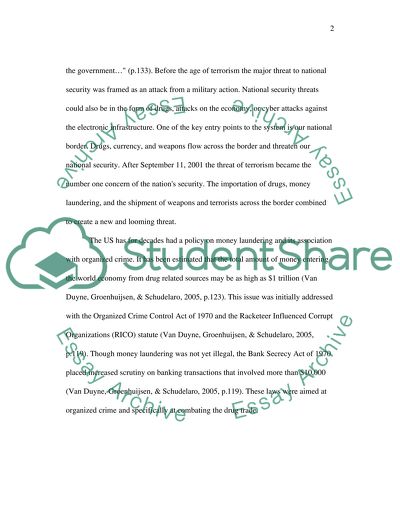Cite this document
(“Money Laundering and Smuggling: Border Control and National Security Essay”, n.d.)
Retrieved from https://studentshare.org/military/1523464-money-laundering-and-smuggling-border-control-and-national-security
Retrieved from https://studentshare.org/military/1523464-money-laundering-and-smuggling-border-control-and-national-security
(Money Laundering and Smuggling: Border Control and National Security Essay)
https://studentshare.org/military/1523464-money-laundering-and-smuggling-border-control-and-national-security.
https://studentshare.org/military/1523464-money-laundering-and-smuggling-border-control-and-national-security.
“Money Laundering and Smuggling: Border Control and National Security Essay”, n.d. https://studentshare.org/military/1523464-money-laundering-and-smuggling-border-control-and-national-security.


